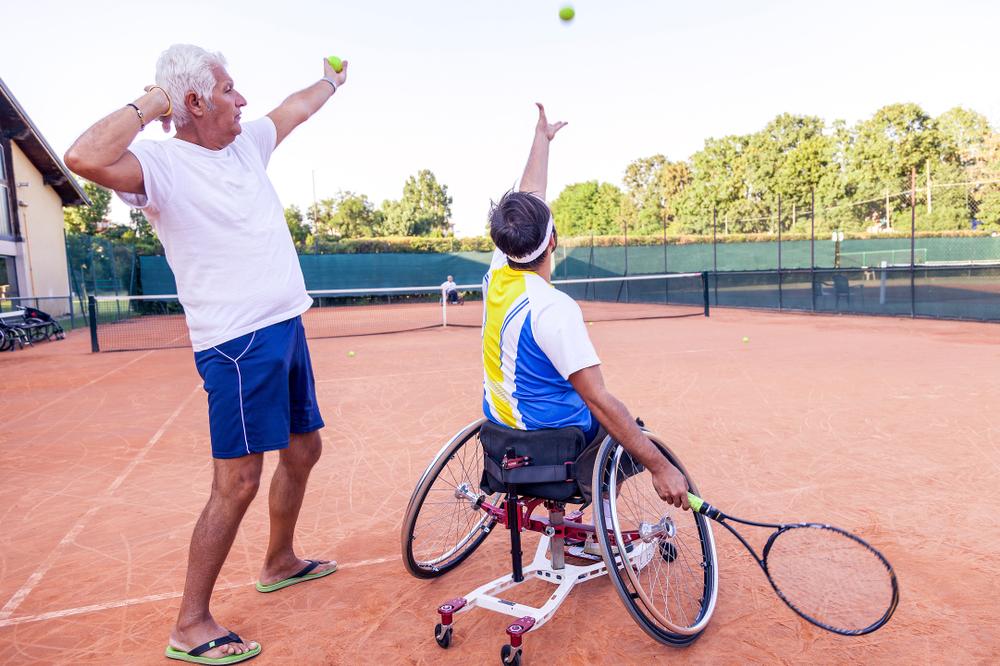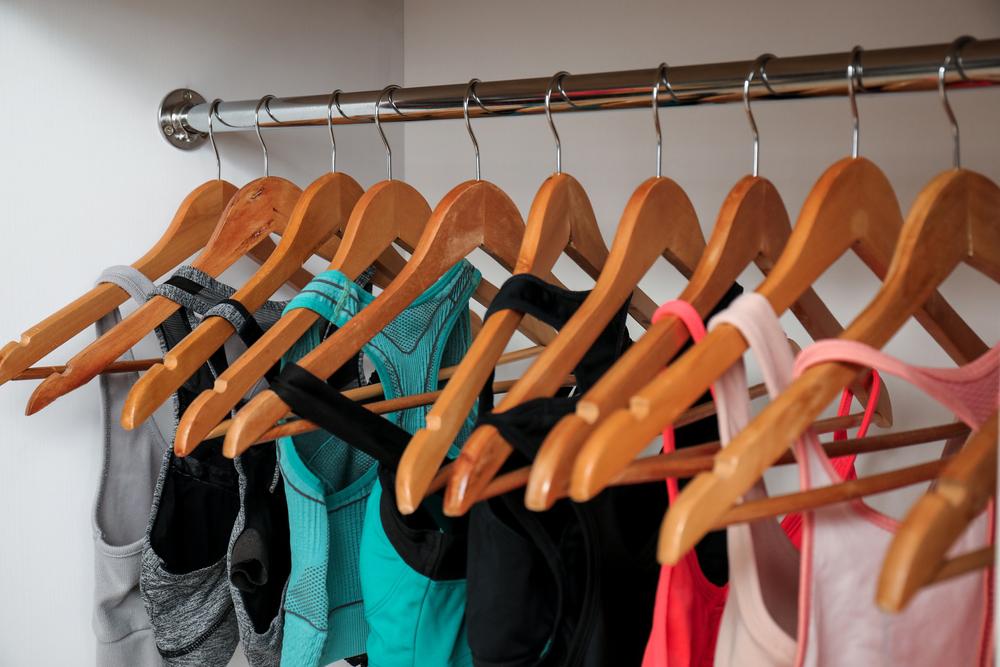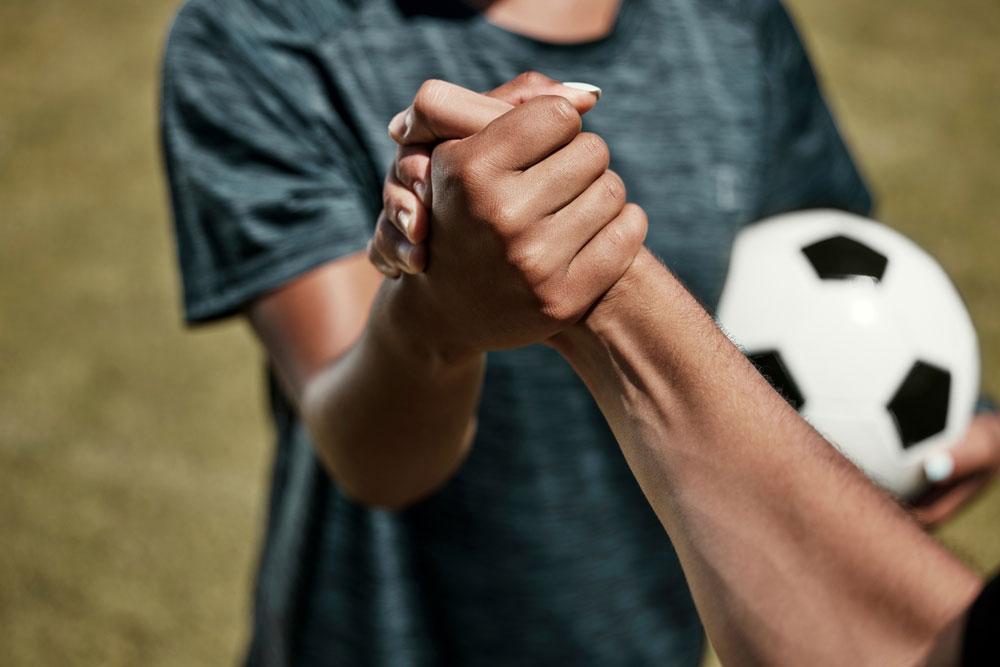While the question of if your team is allowed to return to sport will likely be determined by municipal government and school board regulations, how you return to sport may be up to you as a coach and/or parent.
Dr. Leon Kelly, county coroner in El Paso County, Colorado, and one of the officials determining local policies around COVID-19, has some advice about how to safely return to sport. In addition to providing this guidance to the public, he’s applying best practices as an assistant coach for his young son’s baseball team, giving him firsthand insight into how play can be reinstated as safely as possible.
Understand the balancing act
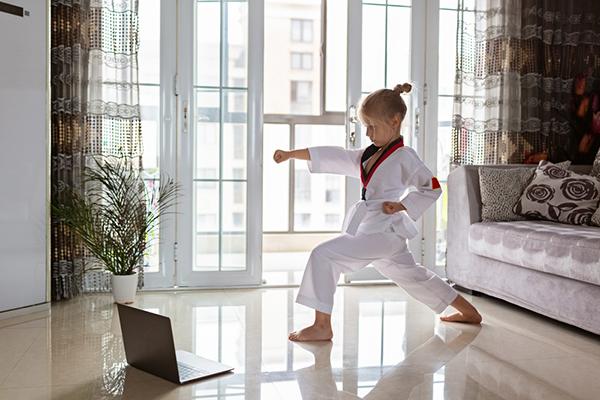 Right now, public health officials like Kelly are facing a nearly impossible challenge of balancing normal standards of health and well-being for children, like structured exercise and socialization, with the concerns around the COVID-19 pandemic.
Right now, public health officials like Kelly are facing a nearly impossible challenge of balancing normal standards of health and well-being for children, like structured exercise and socialization, with the concerns around the COVID-19 pandemic.
“Return to sport is a giant risk versus reward equation,” Kelly explains. “How much risk are you willing to tolerate to get the benefits? We know that sports are an absolutely critical component of health, socialization, self-esteem, and learning to overcome failure and disappointment. We don’t want to lose that.”
When balancing the costs and benefits, return to play has largely become sport specific. Sports that are high-touch like wrestling, football, and basketball are unlikely to return this season in most school districts, but sports like baseball and tennis that are low contact might be allowed to resume practice, says Kelly.
Focus on low-touch elements
“Remember, a single case can quickly lead to a large-scale outbreak, especially as schools re-open and athletes are in contact with more people regularly,” Kelly notes. That means for many districts, practices may be allowed to resume, but competition that puts athletes in close contact with teams from other areas is out of the question.
If your sport is currently out of bounds for competition, consider how you could return to play in a way that is low-touch. Even football teams may be able to resume drills that would allow players to experience social benefits while minimizing contact.
Keep it small and structured
Local guidelines may control how many players you can bring together, but even if you are allowed to have larger gatherings, Kelly says that keeping numbers low and holding staggered practices may help mitigate risk.
There are also risk reduction strategies for competitions. “For our baseball team, for example, we have a couple of teams that we’ll play against all season, rather than playing against teams from all over the state,” he says. “We also set strict rules about how many parents can be in the dugout, what we would do instead of post-game high fives, and mask requirements.”
For both return to practice and return to competition, consider holding a virtual Q&A session for parents and team members about any new procedures and protocols before gatherings resume.
Ensure proper sanitization procedures
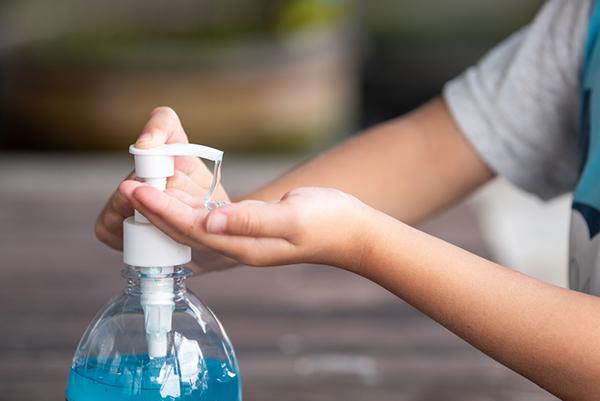 It’s best practice to discontinue communal offerings and implement sanitization procedures. For example, Kelly suggests swapping that communal Gatorade container with a big vat of hand sanitizer in the dugout. “On our baseball team, everyone comes with their own equipment, like bats, and unfortunately, we’re not able to have the post-game snack together anymore,” he adds.
It’s best practice to discontinue communal offerings and implement sanitization procedures. For example, Kelly suggests swapping that communal Gatorade container with a big vat of hand sanitizer in the dugout. “On our baseball team, everyone comes with their own equipment, like bats, and unfortunately, we’re not able to have the post-game snack together anymore,” he adds.
In general, ensure that shared equipment is regularly sanitized and that disinfecting wipes are always on hand. Write out a list of the equipment you’ll use at practice and how you’ll keep it clean, clarify any personal hygiene requirements like hand-washing pre-practice, and set strict consequences for ignoring the rules.
Consider temperature checks and team masks
Checking athletes’ temperatures at practices is smart risk management, even if many children who contract COVID-19 are asymptomatic. The simple act of temperature-taking helps remind athletes of the seriousness of the situation—and may save a life.
While wearing masks can be hard for younger athletes to understand, you’re more likely to get buy-in from all your players if you make them a fun part of the team uniform. “On our team, we had masks made with our team logo,” says Kelly. “Now, everyone is excited about wearing them! The rule is that they have to wear them in the dugout, but the masks can come off when they’re out in the field.”
Create a team code
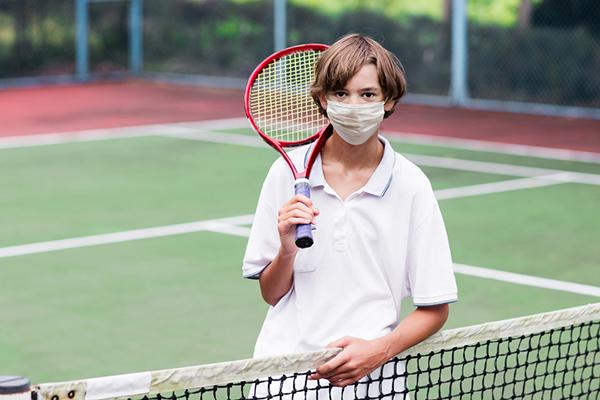 “In our school district, kids and families are signing a pledge that says we’re doing certain things to mitigate our risks,” says Kelly. “We’re promising that we’re wearing masks when we’re out, we’re not engaging in high-risk activities, we’re staying home if we feel sick… basically, that we’re going to do the right thing so that we can be positive contributors to our school’s community.”
“In our school district, kids and families are signing a pledge that says we’re doing certain things to mitigate our risks,” says Kelly. “We’re promising that we’re wearing masks when we’re out, we’re not engaging in high-risk activities, we’re staying home if we feel sick… basically, that we’re going to do the right thing so that we can be positive contributors to our school’s community.”
Consider a pledge like this for your team that both athletes and parents sign before returning to play.
Change your philosophy
“The culture of sport has always been that you tough it out, you rub some dirt on it, you keep moving,” says Kelly. “And that’s often a fairly good philosophy. But in this case, the right thing to do is say, ‘Hey, I don’t feel good, I’m going to stay home.’ Or, ‘I’ve been in contact with someone who tested positive for COVID-19 and I feel fine, but I’m still going to sit this one out.’”
In this case, the stronger decision isn’t playing through it, it’s staying home. This time offers an opportunity to help kids grow and learn how to be good teammates and leaders. “We just need to be realistic about what we’re going to get out of this year and maximize those benefits for the kids,” Kelly concludes.
________________________
Takeaway
It’s a difficult time to decide if and how athletes should return to play. Keep these practices in mind as you decide when and how your athletes can safely engage in sports.
